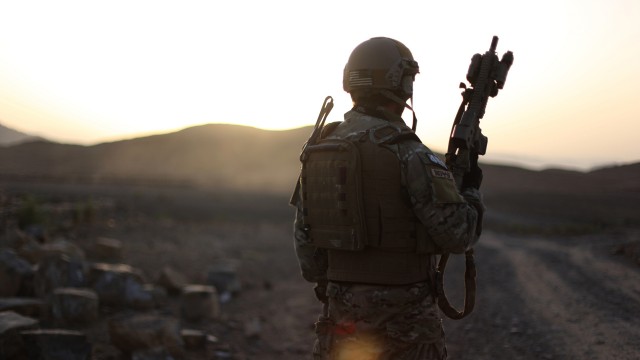
Ballistic Plates Performance Standards: Everything You Need to Know
When it comes to protection, the military, law enforcement, and security personnel need to invest in the best safety equipment. Among the most important equipment for personal protection is body armor, including ballistic plates. Ballistic Plates are designed to stop bullets and other dangerous projectiles, thus protecting the lives of the wearer. But how do you know which ballistic plate to choose? In this article, we will discuss ballistic plate performance standards to help you make an informed decision.
1. NIJ Standards and Their Levels
The National Institute of Justice (NIJ) has established standards that test the effectiveness of body armor, including ballistic plates. These standards ensure that all body armor surpasses a set of minimum performance requirements to protect the wearer adequately. The NIJ has categorized the standards into levels IIA, II, IIIA, III, and IV. The higher the level, the stronger the protection. For example, level III plates have been tested to stop 7.62 mm FMJ lead core rifle bullets and are the standard plate for most militaries.
2. Armor Piercing Protection
In addition to the NIJ standards, ballistic plates can be tested for armor-piercing protection capability. This test puts the plates to the ultimate test by firing armor-piercing bullets at them to evaluate their effectiveness. A plate that can stop armor-piercing bullets is considered to be the best choice for protection against rifle rounds.
3. Backface Deformation
Backface deformation is the amount of deformation recorded on the back of the ballistic plate after a bullet strikes its front surface. This measures how much impact energy is transmitted to the wearer when the plate is hit. The lower the backface deformation, the better the protection offered by the ballistic plate.
4. Single vs. Multi-Curve
Ballistic plates can come in either a single or multi-curve design. A multi-curve plate provides a more comfortable fit on the wearer’s body compared to a single-curve plate. A single-curve plate is flat and will cause discomfort in areas where the plate and the body make contact. Multi-curve plates would be better suited for those who are wearing their plates for extended periods.
5. Plate Material
Ballistic plates can be constructed using a variety of materials, including ceramics, steel, or polyethylene. Ceramic plates are durable, lightweight, and can stop multiple rounds. Steel plates are affordable and effective at stopping rounds but can be heavy to wear for extended periods. Polyethylene plates are lightweight and have become a popular choice for law enforcement officers.
Protecting your life in the line of duty is not an idea that should be taken lightly. While there are numerous factors to consider when choosing ballistic plates, the options can be narrowed down significantly by taking various performance standards into account to make an informed purchase. As always, please feel free to speak with professionals in the field to help guide you with your final decision.
For more great articles, please click here.